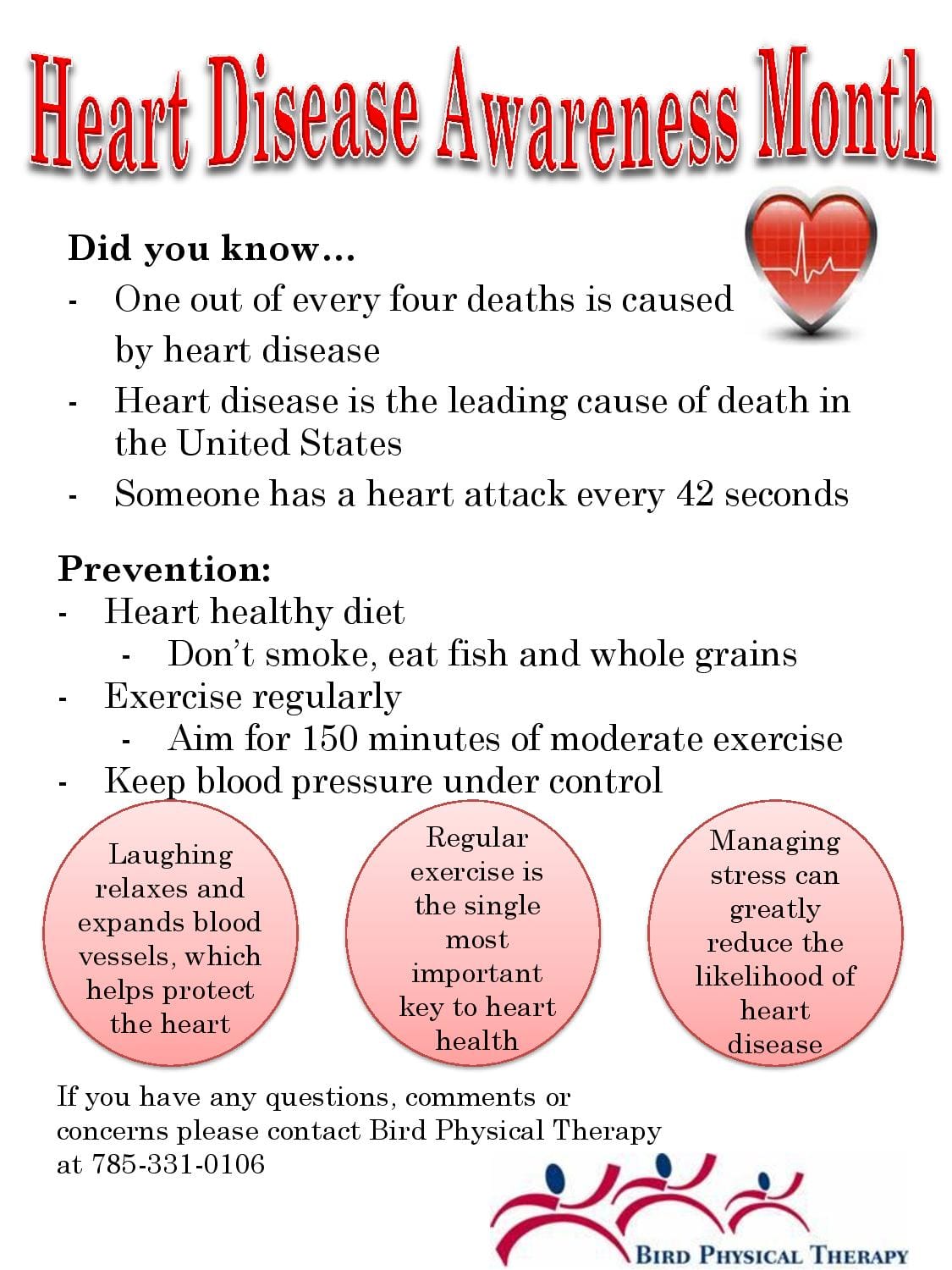As the days grow shorter and temperatures begin to drop, the onset of the sick season is becoming increasingly evident across the United States. The Centers for Disease Control and Prevention (CDC) has recently released figures that indicate a marked rise in seasonal illnesses, particularly influenza and various respiratory viruses. This trend underscores the importance of public health awareness and preventive measures as communities prepare for what is traditionally a challenging time for health.
According to the latest CDC data, influenza activity is already on the rise, with reports indicating that cases have started to emerge earlier than in previous years. The agency has noted a notable uptick in hospitalizations related to flu-like symptoms, prompting health officials to urge the public to consider vaccination as a primary line of defense. The CDC recommends that individuals aged six months and older receive an annual flu vaccine, particularly those who are at higher risk for complications, such as the elderly, young children, and individuals with underlying health conditions.
In addition to influenza, other respiratory viruses, including respiratory syncytial virus (RSV) and rhinoviruses, are also becoming more prevalent. RSV, in particular, poses a significant risk to infants and older adults, leading to severe respiratory infections. The CDC has indicated that healthcare facilities are beginning to see an increase in RSV-related admissions, which is concerning as hospitals brace for the dual challenges of flu and RSV cases concurrently.
The CDC’s figures reflect not only the rise in illness but also the importance of public health messaging regarding preventive measures. Health officials emphasize the necessity of practicing good hygiene, such as frequent handwashing and avoiding close contact with sick individuals. Additionally, the use of masks in crowded or indoor settings remains a recommended practice to reduce transmission rates, especially in light of ongoing concerns about COVID-19 and its variants.
Vaccination is a critical component of the strategy to combat seasonal illnesses. The CDC has launched campaigns to encourage flu vaccination, highlighting its effectiveness in reducing the severity of illness and preventing hospitalizations. Early data suggests that this year’s flu vaccine is well-matched to circulating strains, which is promising for those who choose to get vaccinated. Public health experts continue to advocate for vaccination as a means to protect not only individual health but also community health, particularly in vulnerable populations.
As the sick season progresses, the CDC will continue to monitor trends and adjust recommendations as necessary. Surveillance efforts are crucial in tracking the spread of viruses and understanding their impact on public health. The agency encourages healthcare providers to remain vigilant in diagnosing and treating respiratory illnesses, as timely intervention can significantly affect patient outcomes.
In addition to vaccination and hygiene practices, it is essential for individuals to be aware of the symptoms associated with seasonal illnesses. Common symptoms of influenza include fever, chills, cough, sore throat, body aches, and fatigue. Early recognition of these symptoms can lead to prompt medical attention, which is especially critical for high-risk individuals. The CDC advises anyone experiencing severe symptoms or difficulty breathing to seek medical care immediately.
As communities navigate the challenges of the sick season, it is vital to foster a culture of health awareness and responsibility. Public health initiatives aimed at educating the public about the importance of vaccination, hygiene, and early symptom recognition can help mitigate the impact of seasonal illnesses. Collaboration between healthcare providers, public health officials, and community organizations will play a crucial role in ensuring that individuals are informed and equipped to protect themselves and their loved ones.
In conclusion, the latest CDC figures highlight a concerning trend in seasonal illnesses as the sick season is now in full swing. With influenza and respiratory viruses on the rise, the importance of vaccination and preventive measures cannot be overstated. By staying informed and taking proactive steps, individuals can contribute to their health and the health of their communities during this critical time of year.



